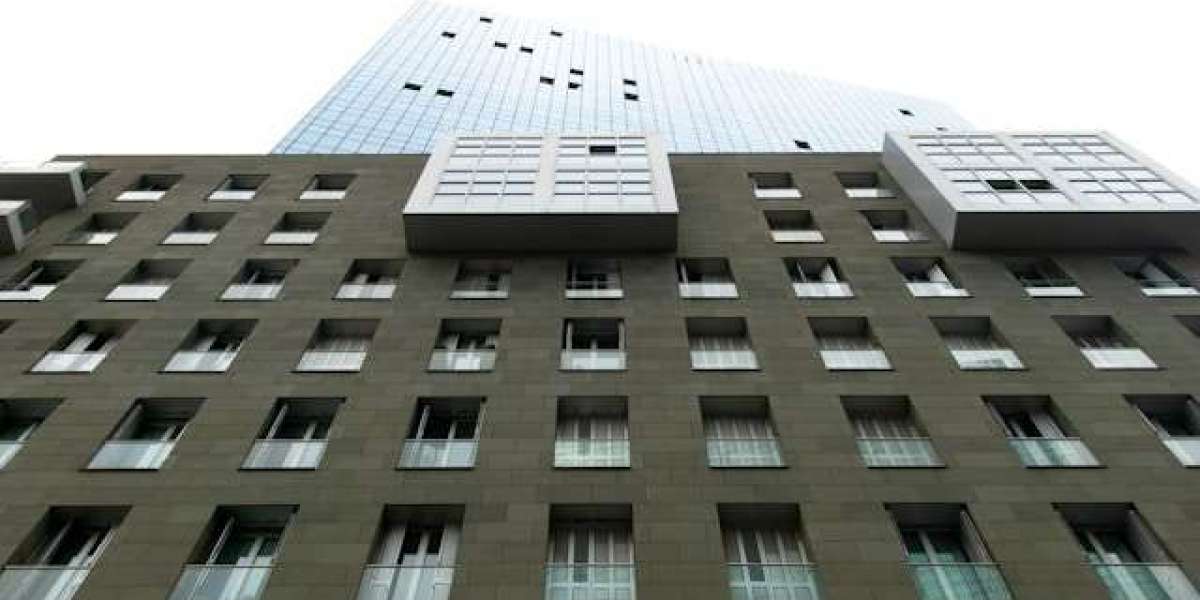Learn what to expect when hiring an architecture company for your project, including crucial aspects to consider and tips for ensuring a successful collaboration for your home or commercial space.
When your project of building a home, a commercial space, or renovating the current structure depends on an architect or an architecture company, you need to be sure about what to expect from them.
Many people building a home might interact with the architect only once, but when it is about commercial space, most developers will have a constant connection with the architecture firm.
Whatever the project is, one should clearly know what to expect from the firm that is about to take on their project. This article will cover a few essential aspects to consider when hiring experts for your project.
Understanding the Role of an Architect
Before delving into the hiring process, it's crucial to understand what an architect does. Architects are licensed professionals skilled in the art and science of designing buildings. They create functional, safe, and aesthetically pleasing structures that meet client needs while adhering to building codes and regulations. Their services typically include:
Conceptual Design: Creating initial sketches and concepts based on your vision.
Design Development: Refining the design, selecting materials, and finalizing details.
Construction Documents: Preparing detailed drawings and specifications for construction.
Construction Administration: Overseeing the construction process to ensure the design is implemented correctly.
Initial Research and Shortlisting
The first step in hiring an architecture company is conducting thorough research. Look for firms that have experience with projects similar to yours, whether it's a residential, commercial, or industrial project. Key aspects to consider include:
Portfolio: Review their past projects to gauge their design style and versatility.
Reputation: Check online reviews, testimonials, and ask for references.
Credentials: Ensure they are licensed and have the necessary certifications.
Shortlist a few firms that meet your criteria and reach out to them for initial consultations.
The Consultation Process
The consultation is your opportunity to get to know the architecture firm and discuss your project in detail. Here’s what you can expect during this stage:
Project Discussion: You’ll discuss your vision, goals, budget, and timeline. Be prepared to answer questions about your preferences, lifestyle, and specific needs.
Site Analysis: The architect may visit the project site to understand its context, constraints, and opportunities.
Proposal and Fee Structure: The firm will provide a proposal outlining their services, fee structure, and estimated timeline. Fees can be a fixed rate, hourly, or a percentage of the construction cost.
Selecting the Right Firm
After the consultations, compare the proposals based on the following criteria:
Compatibility: Choose a firm whose design philosophy aligns with your vision.
Experience: Consider their experience with similar projects and their ability to navigate challenges.
Budget and Timeline: Ensure their fees and proposed timeline fit within your expectations.
Once you’ve made your decision, you’ll enter into a formal agreement with the selected firm.
The Design Phase
This phase involves several key stages:
Schematic Design: The architect creates initial design concepts and floor plans. You’ll review these and provide feedback.
Design Development: The design is refined with more details, including materials, finishes, and systems. You’ll have regular meetings to review progress and make decisions.
Construction Documents: Detailed drawings and specifications are prepared for bidding and construction. These documents ensure the project is built as designed and meets regulatory requirements.
Collaboration and Communication
Effective collaboration and communication are essential throughout the design phase. Expect the architect to:
Involve You in Decisions: You’ll be actively involved in reviewing designs and making decisions about materials, finishes, and fixtures.
Provide Regular Updates: The firm should keep you informed about progress and any potential issues.
Coordinate with Consultants: Architects often work with structural engineers, mechanical engineers, and other consultants to ensure all aspects of the project are integrated.
The Bidding Process
With the construction documents complete, the next step is the bidding process. The architect will help you:
Select Contractors: They may recommend contractors or help you solicit bids from several firms.
Review Bids: The architect will review the bids to ensure they are complete and within budget.
Negotiate Contracts: They can assist in negotiating contracts with the selected contractor.
Construction Administration
During construction, the architect’s role shifts to overseeing the project to ensure it is built according to the design. Key responsibilities include:
Site Visits: Regular site visits to monitor progress and address any issues that arise.
Reviewing Submittals: Checking shop drawings, material samples, and product specifications submitted by the contractor.
Change Management: Managing any changes to the design or scope of work, ensuring they are documented and approved.
Final Inspection: Conducting a final inspection to ensure the project is completed to your satisfaction.
Completion and Handover
Upon completion, the architect will conduct a final walk-through with you to identify any remaining issues, known as a punch list. Once these are addressed, the project is officially handed over to you. The architect may also provide:
As-Built Drawings: Updated drawings reflecting any changes made during construction.
Maintenance Manuals: Documentation for maintaining and operating the building’s systems.
Post-Completion Support
Even after the project is complete, some architects offer post-completion support. This can include:
Warranty Assistance: Helping you address any issues that arise during the contractor’s warranty period.
Future Modifications: Assisting with any future renovations or modifications.
Wrapping Up
Hiring an architecture firm such as Orange County Architecture Firms Is a critical step in bringing your vision to life. By understanding what to expect and actively participating in the process, you can ensure a successful project that meets your needs and exceeds your expectations. Remember, effective communication, trust, and collaboration with your architect are the keys to achieving a remarkable outcome.








